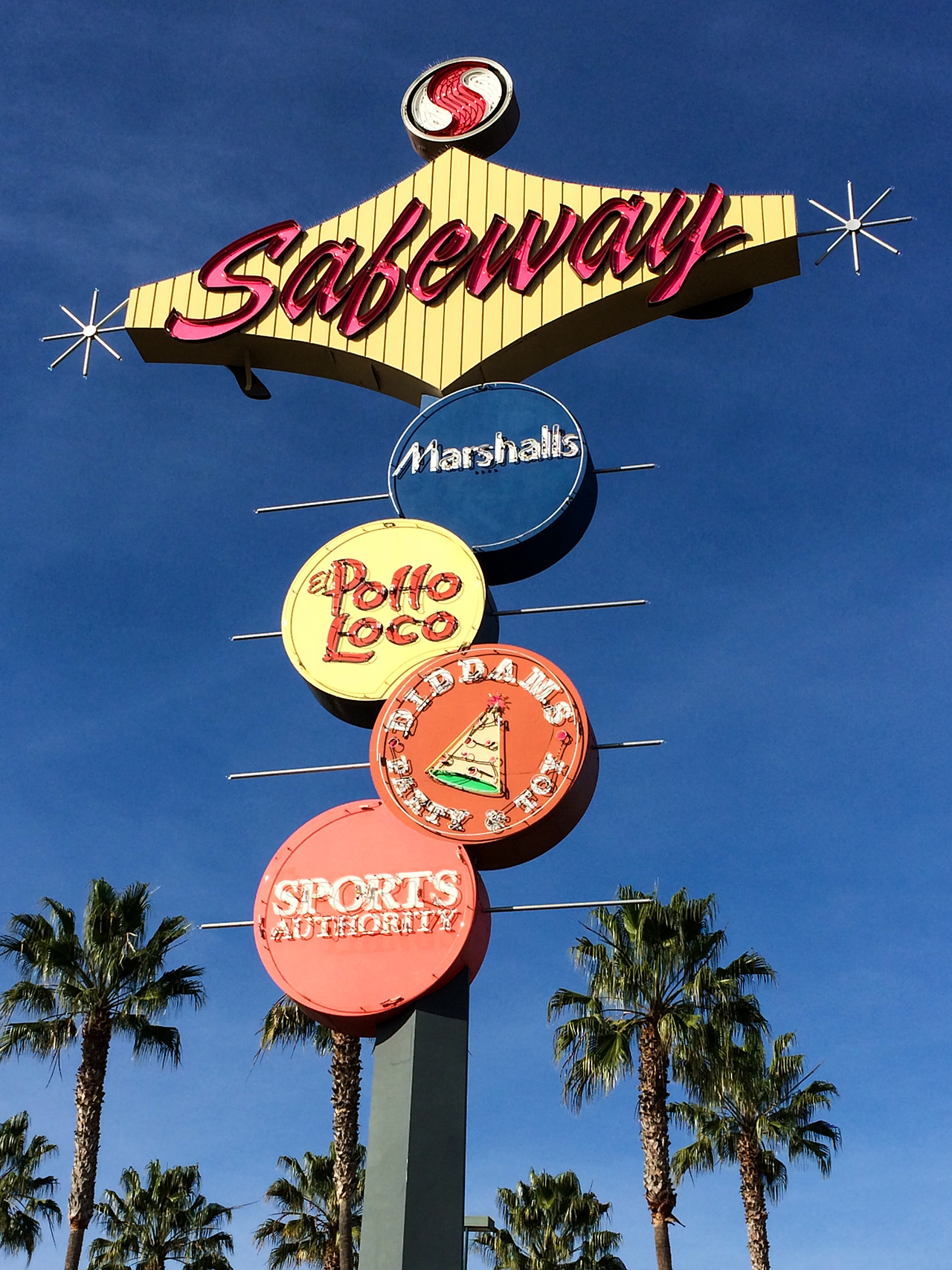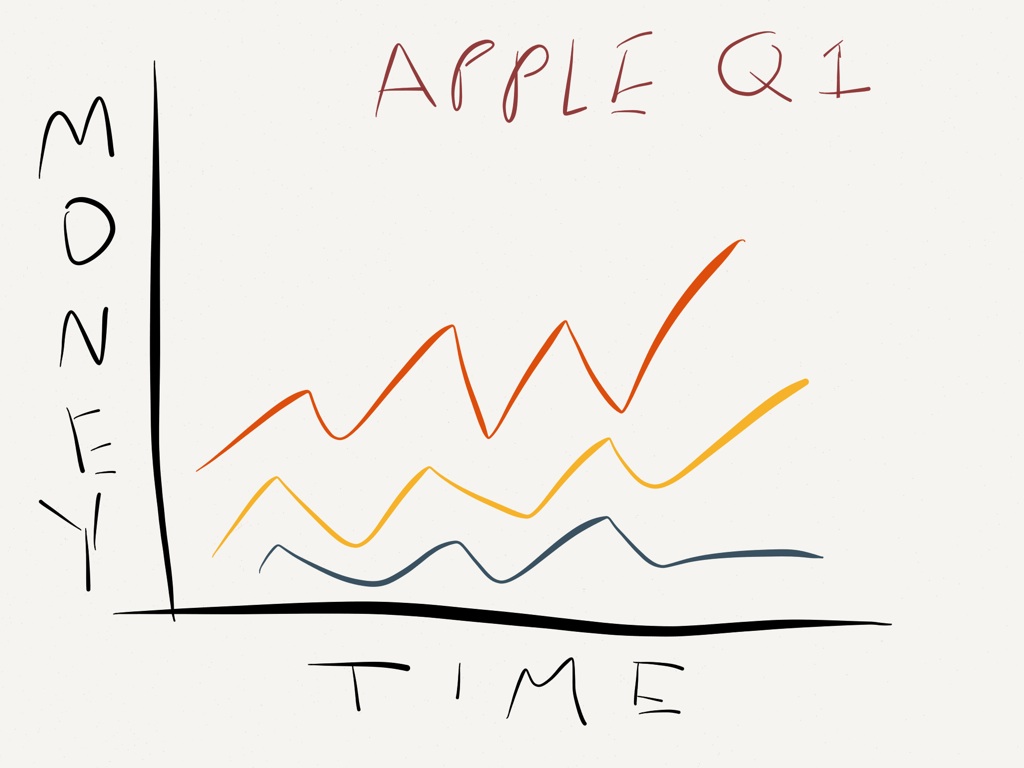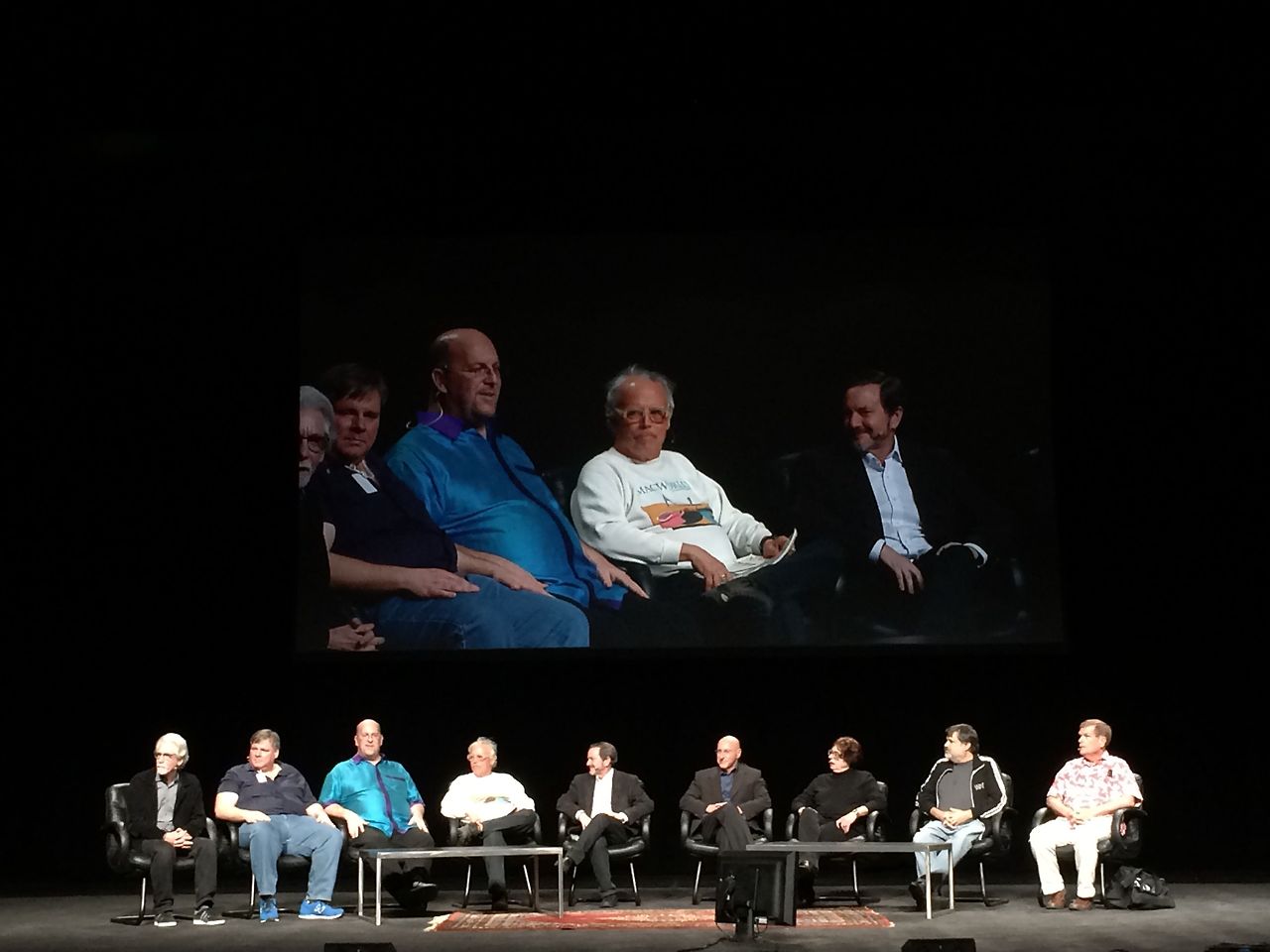Salvation in Suburbia

Copyright ©2014 Dave Rahardja

Copyright ©2014 Dave Rahardja
“I live in a country generally assumed to be a dictatorship. One of the Arab spring countries. I have lived through curfews and have seen the outcomes of the sort of surveillance now being revealed in the US. People here talking about curfews aren’t realizing what that actually FEELS like. It isn’t about having to go inside, and the practicality of that. It’s about creating the feeling that everyone, everything is watching. A few points:
1) the purpose of this surveillance from the governments point of view is to control enemies of the state. Not terrorists. People who are coalescing around ideas that would destabilize the status quo. These could be religious ideas. These could be groups like anon who are too good with tech for the governments liking. It makes it very easy to know who these people are. It also makes it very simple to control these people.

The Winter Lodge made it “snow” on their ice skating rink.
Copyright ©2014 Dave Rahardja

I too have made my own chart to help explain Apple’s ability to sell things.
Made With Paper

Mac@30 Panel 3, left to right: Moderator Dan Farber of CBS News, Ty Roberts (Super Studio Session), Marc Canter (MacroMind), David Bunnell (Macworld), Adam Hertz (Lotus), ???, Maryline Delbourg Delphis (ACIUS/4D), Jim Rea (ProVUE), and Charlie Jackson (Silicon Beach).
Copyright ©2014 Dave Rahardja
Copyright ©2014–2026 Dave Rahardja. All rights reserved.
Any use of this website’s contents without prior written permission is subject to licensing fees.
You may not use any part of this website for machine training.